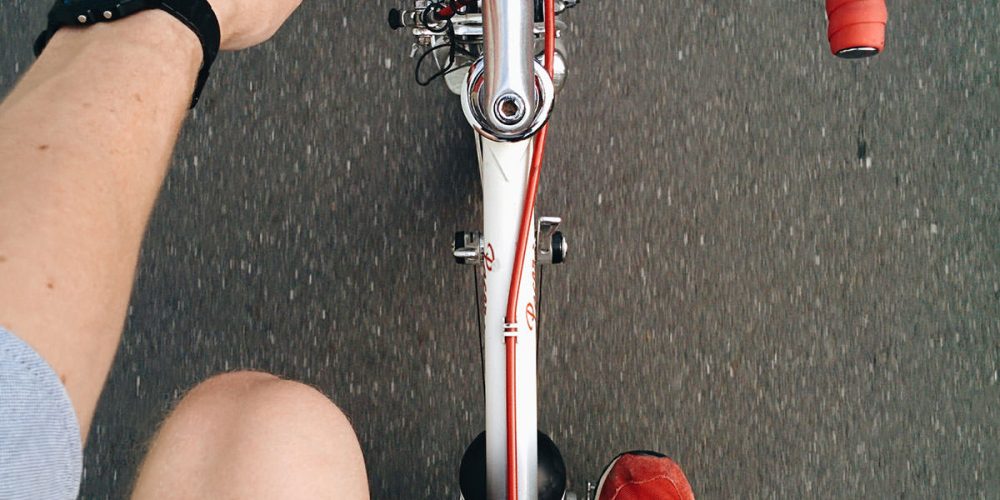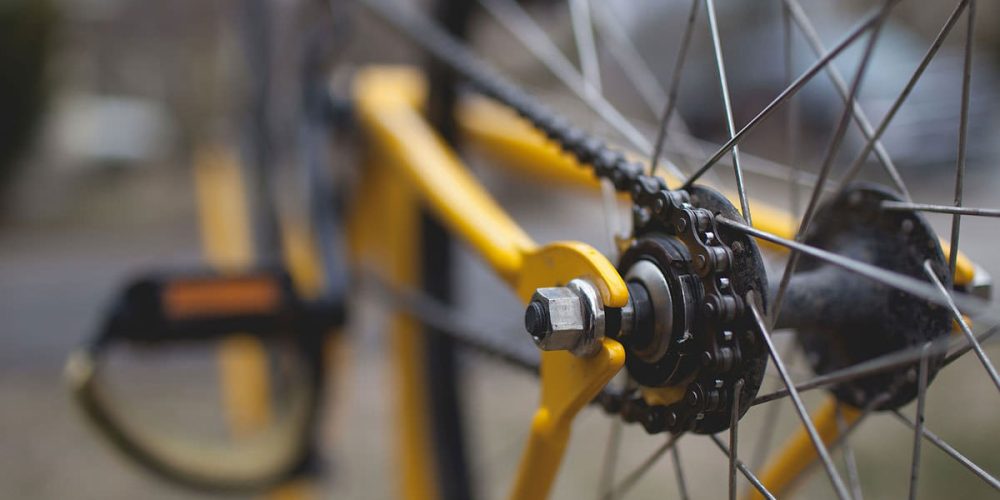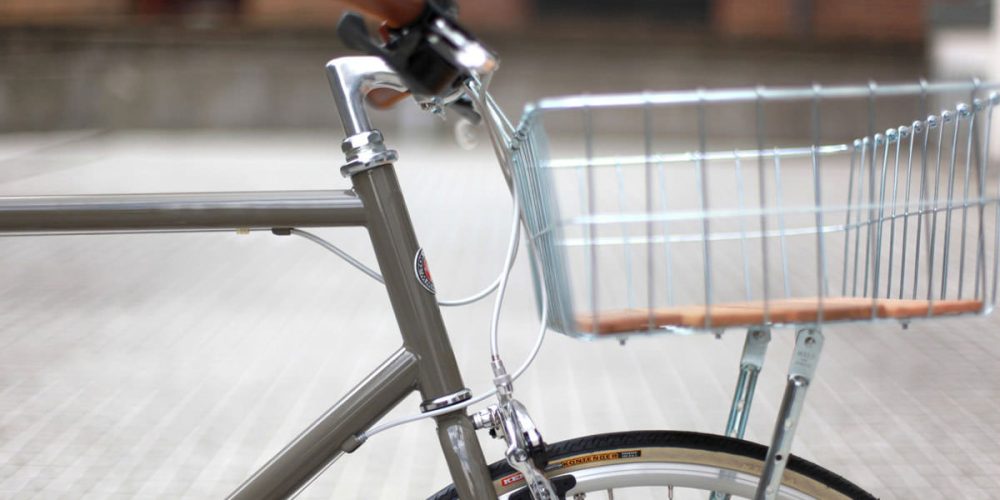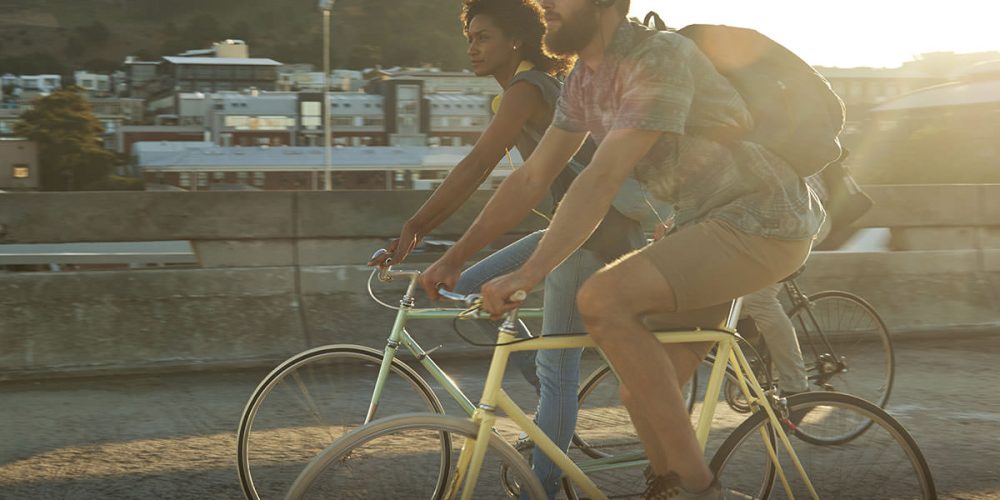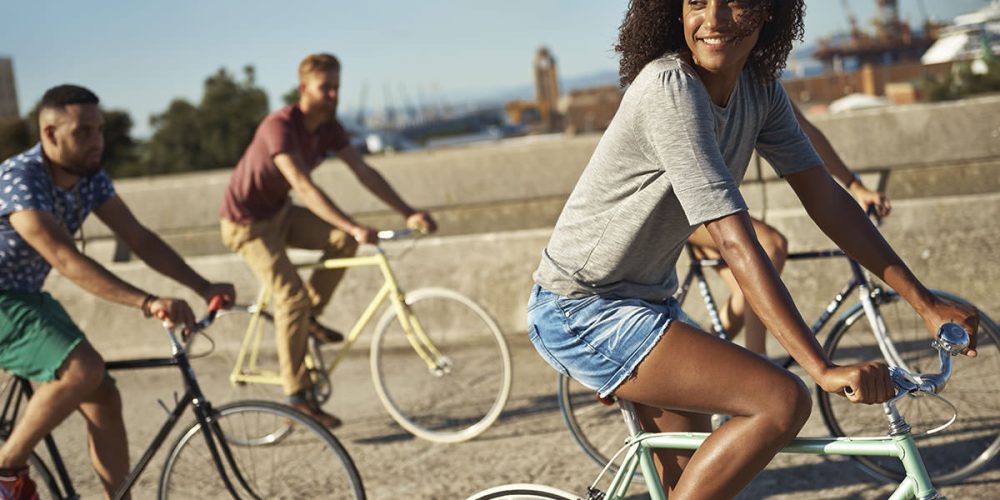- About me
- About us
- Best Selling Products
- Blog Fullwidth
- Blog Grid
- Blog Masonry
- Blog Medium
- Blog Wide
- Booking
- Cart
- Cart
- Checkout
- Checkout
- Contact us
- Default page
- Ecwid Store
- Elements
- FAQ
- Featured Products
- Fullwidth Category
- Homepage 1
- Homepage 2
- Homepage 3
- Icons
- My account
- My Account
- Order Tracking
- Popular Products
- Pricing Table
- Product categories layout test
- Product Detail 1
- Product Detail 2
- Product Extra Option
- Product Extra Option
- Products by ID
- Products by Sku
- Recent Products
- Sale Products
- Sample Page
- Shop
- Shop
- Shop grid
- Shop Grid Left Sidebar
- Shop Grid Right Sidebar
- Shop list
- Shop List Left Sidebar
- Shop List Right Sidebar
- Store
- Test Drive
- Typography
- Under Construction
- Wishlist
A brand new bike – Sam Lachow
2
1648
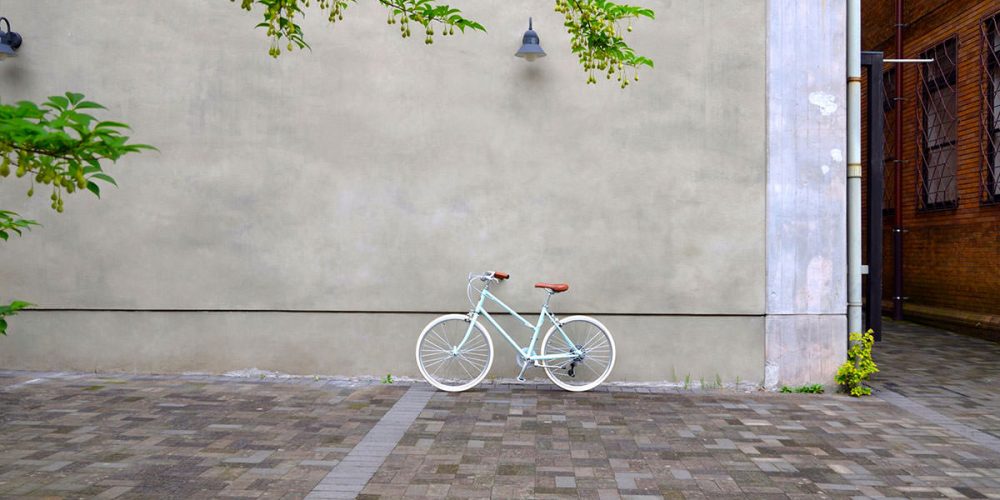
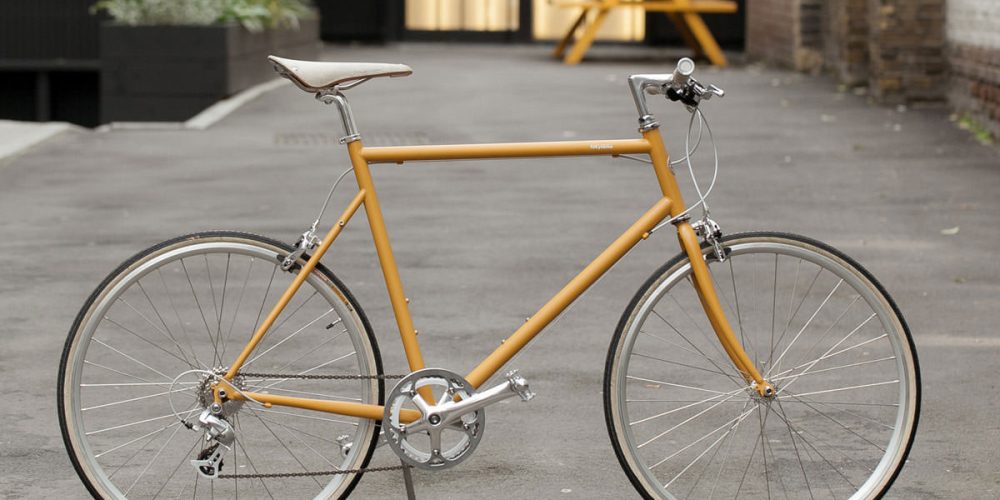
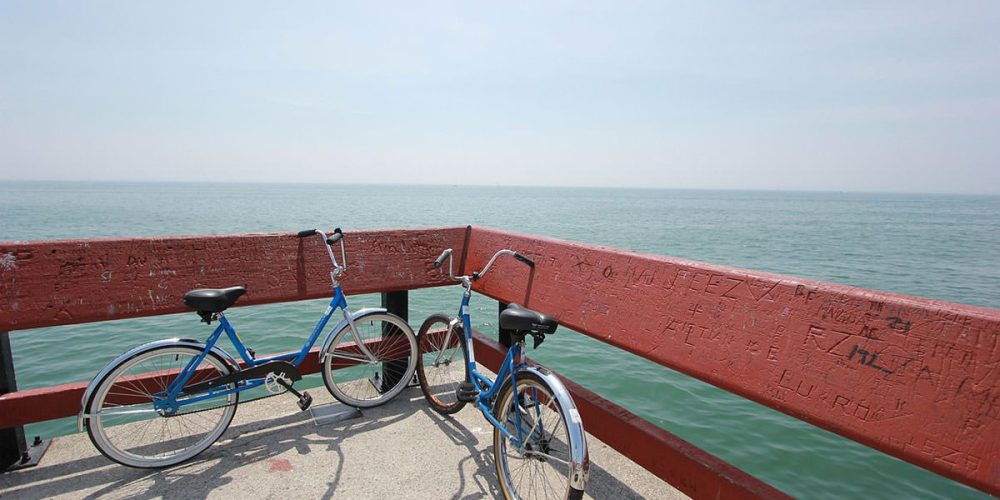
How do bicycles operate?
2
1988
Mechanical efficiency
From a mechanical viewpoint, up to 99% of the energy delivered by the rider into the pedals is transmitted to the wheels (clean, lubricated new chain at 400W), although the use of gearing mechanisms reduces this by 1-7% (clean, well-lubricated derailleurs), 4-12% (chain with 3-speed hubs), or 10-20% (shaft drive with 3-speed hubs). The higher efficiencies in each range are achieved at higher power levels and in direct drive (hub gears) or with large driven cogs (derailleurs).Energy efficiency
A human being traveling on a bicycle at 16–24 km/h (10–15 mph), using only the power required to walk, is the most energy-efficient means of human transport generally available. Air drag, which increases with the square of speed, requires increasingly higher power outputs relative to speed, power increasing with the cube of speed as power equals force times velocity. A bicycle in which the rider lies in a supine position is referred to as a recumbent bicycle or, if covered in an aerodynamic fairing to achieve very low air drag, as a streamliner. On firm, flat ground, a 70 kg (150 lb) person requires about 60 watts to walk at 5 km/h (3.1 mph). That same person on a bicycle, on the same ground, with the same power output, can travel at 15 km/h (9.3 mph) using an ordinary bicycle, so in these conditions the energy expenditure of cycling is one-third of walking.Typical speeds
In utility cycling there is a large variation; an elderly person on an upright roadster might do less than 10 km/h (6.2 mph) while a fitter or younger person could easily do twice that on the same bicycle. For cyclists in Copenhagen, the average cycling speed is 15.5 km/h (9.6 mph). On a racing bicycle, a reasonably fit rider can ride at 40 km/h (25 mph) on flat ground for short periodsReduction of weight and rotating mass
There has been major corporate competition to lower the weight of racing bikes in order to be faster uphill and accelerating. The UCI sets a limit of 6.8 kg on the minimum weight of bicycles to be used in sanctioned racesUS’s least bike friendly city
2
1223
Choosing your equipments
2
1015
The Bicycle
If you plan on a combination of road and mountain biking, pick a hybrid. Road bikes are for the road and mountain bikes are for off-road use. The most important part of bicycle shopping is finding the right frame size. A frame that is too small will place unnecessary strain on your joints. A frame that is too large will decrease the level of control you have over your bike. If the frame is not properly fitted to your body, your center of gravity will be greatly compromised. When choosing your bicycle, pick the best combination of features for the type of cycling you plan to do. For example, don`t put off-road tires on a road bike.The Shoes
Many road bikes along with mountain bikes include clipless pedals to which special shoes attach, via a cleat, permitting the rider to pull on the pedals as well as push. The right cycling shoes will support your foot on the pedal. This can reduce cramping and foot fatigue as you ride. The shoe you pick will depend on the type of pedal you plan to use with your bicycle.The Helmet
Helmets offer essential protection while cycling. Modern designs are sleek and lightweight. There is no longer a question of style when choosing to wear a helmet. Helmets are proven to save lives and prevent life altering injuries from having their full effect. A good helmet will cost you at least US$50 and the best helmets can cost hundreds of dollars.The Clothes
Dress for the weather. Lightweight, breathable fabrics are excellent for keeping the body cool and dry in warm weather. Moisture-wicking, heat retaining fabrics like fleece are best for winter riding. Gloves, glasses, socks, and extra outer layers are important regardless of season. In general, fabrics suited for most outdoor sports will be appropriate for cycling. However, avoid loose fitting clothing as these clothes may get caught in your spokes, chain, or handlebars.Basic riding techniques (part 1)
2
852
Perfect Your Pedaling
It’s normal to hop on a bike and push down on the pedals. But, if that’s all you do, you’ll never develop a smooth, efficient pedal stroke. Practice this instead: When the pedals reach 3 o’clock on the pedal stroke, pull back with a swiping motion as if you are wiping mud off the bottom of your shoes. You’ll notice an immediate boost in power, especially on hills. And, if you focus on this technique for only a few rides, your pedal stroke will smooth out and become far more efficient. In time, you’ll do it automatically.Palm Protection
Two nerves run through your palms and they can become painfully numb from cycling. In fact, my high-school chum Bruce Holden once lost the feeling in both hands for six weeks after a ride we took into the White Mountain of New Hampshire. What’d he do wrong? He made three serious mistakes: 1 He rode without gloves (always ride with comfortable, nicely padded cycling gloves because they save your hands and also provide palm protection if you crash); 2 He gripped the bars too tightly (relax your grip); and 3 He didn’t move his hands around to different parts of the handlebars (every 10 minutes move your hands and grip in a different place). Avoid these mistakes and you should avoid palm problems.Relax!
One of the most common mistakes is riding while you’re too tight in the upper body. If you see someone riding and you see locked shoulders and straight, stiff arms, you’re looking at someone who’s probably going to have a sore neck and arms at the end of the ride and someone who’s tiring out muscles for no good reason. Relax when you’re riding. Keep nice, loose, bent arms. Drop your shoulders and get comfortable. Train yourself to relax by, every 15 minutes or so, shrugging your shoulders to get them to drop and relax. Bring your elbows down and closer together and shake your arms to relax them. Bend your elbows. Exhale. Think about letting all that tension leave your neck, shoulders and arms. You’ll feel a whole lot better and have a lot more control of your bike if you can learn to ride comfortably like this.Hook Your Thumbs
An important safety measure is always keeping at least one of your thumbs beneath the handlebars. If you can do this, you’ll avoid crashing due to your hands slipping off the bars. This can happen if you hold onto the tops with all your fingers over the handlebars. In this position, if you hit a bump and aren’t prepared, your hands can slip off causing a crash. This common accident can be prevented by simply keeping your thumbs in the right place.Push-up Power!
If you suffer from a sore neck on rides and you’re satisfied with the fit of your bike, you should try adding sets of push-ups to your workout routine. Even if you only do them a few days a week, I think you’ll find that they make your neck pain go away. This happens because the push-ups strengthen the muscles that support the neck, which means they won’t tire on rides and get sore.How do bicycles operate?
1
868
Mechanical efficiency
From a mechanical viewpoint, up to 99% of the energy delivered by the rider into the pedals is transmitted to the wheels (clean, lubricated new chain at 400W), although the use of gearing mechanisms reduces this by 1-7% (clean, well-lubricated derailleurs), 4-12% (chain with 3-speed hubs), or 10-20% (shaft drive with 3-speed hubs). The higher efficiencies in each range are achieved at higher power levels and in direct drive (hub gears) or with large driven cogs (derailleurs).Energy efficiency
A human being traveling on a bicycle at 16–24 km/h (10–15 mph), using only the power required to walk, is the most energy-efficient means of human transport generally available. Air drag, which increases with the square of speed, requires increasingly higher power outputs relative to speed, power increasing with the cube of speed as power equals force times velocity. A bicycle in which the rider lies in a supine position is referred to as a recumbent bicycle or, if covered in an aerodynamic fairing to achieve very low air drag, as a streamliner. On firm, flat ground, a 70 kg (150 lb) person requires about 60 watts to walk at 5 km/h (3.1 mph). That same person on a bicycle, on the same ground, with the same power output, can travel at 15 km/h (9.3 mph) using an ordinary bicycle, so in these conditions the energy expenditure of cycling is one-third of walking.Energy output
Active humans can produce between 1.5 W/kg (untrained women for longer periods) and 24 W/kg (top-class male athletes during 5 s). 5 W/kg is about the level reachable by ordinary male athletes for longer periods. Maximum power levels during one hour range from about 250 W (“healthy men”) to 500 W (exceptional men athletes)Energy input
The energy input to the human body is in the form of food energy, usually quantified in kilocalories [kcal] or kiloJoules [kJ=kWs]. This can be related to a certain distance travelled and to body weight, giving units such as kJ/(km∙kg). The rate of food consumption, i.e. the amount consumed during a certain period ot time, is the input power. This can be measured in kcal/day or in J/s = W (1000 kcal/d ~ 48.5 W). This input power can be determined by measuring oxygen uptake, or in the long term food consumption, assuming no change of weight. This includes the power needed just for living, called the basal metabolic rate BMR or roughly the resting metabolic rate. The required food can also be calculated by dividing the output power by the muscle efficiency. This is 18-26%. From the example above, if a 70 kg person is cycling at 15 km/h by expending 60 W and a muscular efficiency of 20% is assumed, roughly 1 kJ/(km∙kg) extra food is required. For calculating the total food required during the trip, the BMR must first be added to the input power. If the 70 kg person is an old, short woman, her BMR could be 60 W, in all other cases a bit higher. Viewed this way the efficiency in this example is effectively halved and roughly 2 kJ/(km∙kg) total food is required. Although this shows a large relative increase in food required for low power cycling, in practice it is hardly noticed, as the extra energy cost of an hour’s cycling can be covered with 50 g nuts or chocolate. With long and fast or uphill cycling, the extra food requirement however becomes evident. To complete the efficiency calculation, the type of food consumed determines the overall efficiency. For this the energy needed to produce, distribute and cook the food must be considered.Typical speeds
In utility cycling there is a large variation; an elderly person on an upright roadster might do less than 10 km/h (6.2 mph) while a fitter or younger person could easily do twice that on the same bicycle. For cyclists in Copenhagen, the average cycling speed is 15.5 km/h (9.6 mph). On a racing bicycle, a reasonably fit rider can ride at 40 km/h (25 mph) on flat ground for short periodsReduction of weight and rotating mass
There has been major corporate competition to lower the weight of racing bikes in order to be faster uphill and accelerating. The UCI sets a limit of 6.8 kg on the minimum weight of bicycles to be used in sanctioned racesSocial aspects of bikes (P.1)
1
854
On the way we feel right
Choosing your equipments
1
709




